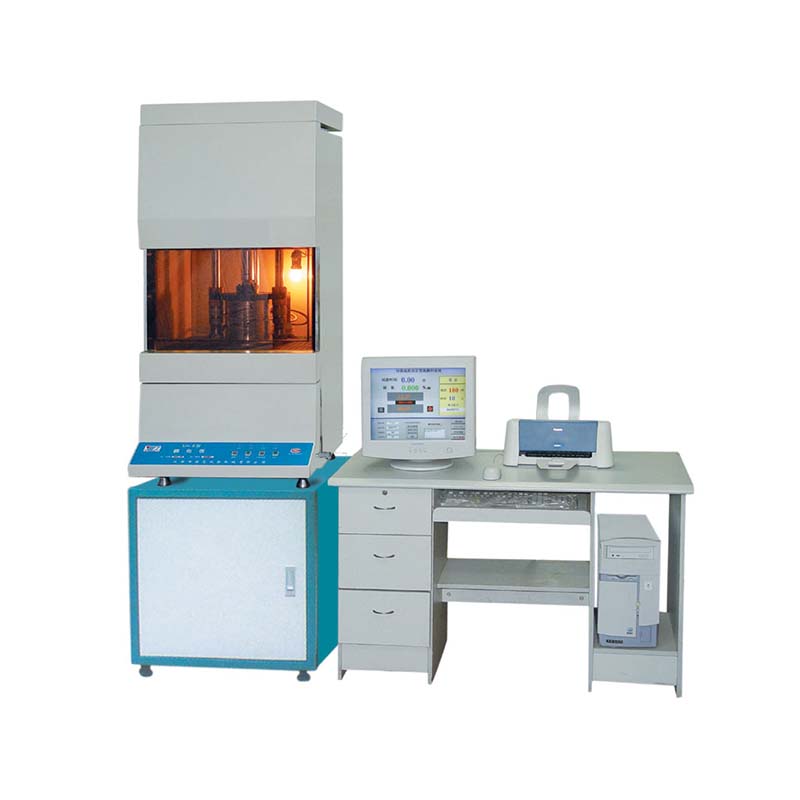tensile tester grips
Understanding Tensile Tester Grips Vital Components for Material Testing
In the realm of material testing, tensile testing stands out as a crucial procedure used to assess the strength, ductility, and other fundamental properties of various materials. One of the key components in a tensile testing setup is the tensile tester grips. These grips play a vital role in ensuring accurate and reliable results by securely holding the specimen during the testing process.
The Purpose of Tensile Tester Grips
Tensile tester grips are designed to hold materials firmly while they are subjected to tensile forces. The primary function of these grips is to prevent the test specimen from slipping or failing prematurely under stress. During a tensile test, the material is pulled apart until it fractures, and it is essential that the grips maintain a strong hold throughout this process to obtain accurate measurements of elongation and maximum tensile strength.
Types of Tensile Tester Grips
There are several types of tensile tester grips, each tailored to accommodate different materials and testing requirements. The most common types include
1. Flat Grips These grips consist of flat surfaces that press against the material. Ideal for testing sheet or flat materials, they provide a uniform force application across the specimen.
2. V-Grips Shaped like a 'V', these grips are excellent for holding cylindrical specimens, as they conform to the material's shape and reduce the likelihood of slipping.
3. Wedge Grips These grips utilize a wedged design to secure the specimen. They are typically used for materials that cannot tolerate excessive deformation, making them perfect for brittle materials.
4. Rubber or Polymer Coated Grips These grips have a soft coating that improves friction and minimizes the risk of damage to softer materials during testing.
tensile tester grips

5. Self-tightening Grips These innovative grips automatically tighten around the specimen as tensile force is applied, which enhances grip security and testing efficiency, particularly for high-stress applications.
Importance of Grip Design and Material
The effectiveness of tensile tester grips largely depends on their design and the materials used in their construction. High-quality grips are made to ensure durability, provide excellent gripping power, and accommodate a wide range of specimen sizes. Materials commonly used for grip construction include high-strength steel and specialized polymers that enhance durability without compromising on performance.
In addition to the materials used, the geometry of the grip plays a crucial role in determining the grip’s ability to hold different specimen types. Designs must also consider the test environment; for example, grips used in extreme temperatures or corrosive environments may need special coatings or materials to maintain their functionality.
Calibration and Maintenance
Regular calibration and maintenance of tensile tester grips are essential for ensuring their reliability and longevity. Over time, the gripping surfaces may wear out or become contaminated, leading to slip or improper measurements. Routine maintenance, including cleaning and inspection, helps identify any defects or wear that may compromise testing accuracy.
Proper calibration involves testing the grips under controlled conditions to ensure that they apply consistent force and maintain alignment during a tensile test. This process is vital for industries that rely on precision measurements, such as aerospace, automotive, and construction, where material failure can have catastrophic consequences.
Conclusion
In summary, tensile tester grips are indispensable components of tensile testing systems. They not only ensure that materials are held securely during testing but also play a significant role in achieving accurate and reliable results. With various types and designs available, it is crucial for engineers and technicians to select the appropriate grip for their specific testing needs. By investing in high-quality grips and maintaining them diligently, industries can enhance their testing processes and ensure the integrity of their materials, leading to safer and more effective products.
-
Why the Conductor Resistance Constant Temperature Measurement Machine Redefines Precision
NewsJun.20,2025
-
Reliable Testing Starts Here: Why the High Insulation Resistance Measuring Instrument Is a Must-Have
NewsJun.20,2025
-
Flexible Cable Flexing Test Equipment: The Precision Standard for Cable Durability and Performance Testing
NewsJun.20,2025
-
Digital Measurement Projector: Precision Visualization for Modern Manufacturing
NewsJun.20,2025
-
Computer Control Electronic Tensile Tester: Precision and Power for the Modern Metal Industry
NewsJun.20,2025
-
Cable Spark Tester: Your Ultimate Insulation Assurance for Wire and Cable Testing
NewsJun.20,2025
 Copyright © 2025 Hebei Fangyuan Instrument & Equipment Co.,Ltd. All Rights Reserved. Sitemap | Privacy Policy
Copyright © 2025 Hebei Fangyuan Instrument & Equipment Co.,Ltd. All Rights Reserved. Sitemap | Privacy Policy
